You know that feeling when you are stuck in traffic and already late? Or that feeling of your heart pounding, mind racing, and knots in your stomach while you're running through your to-do list knowing there's no possible way you can accomplish it all?
Unless you're living in an all-inclusive resort with zero obligations, you're likely having to cope with significant amounts of lifestyle, relationship, emotional and work stress on a daily basis.
Your body is designed to manage this stress, to react to your environment, and to bring you back to balance when the stressful event has ended. But with smartphones, jobs, kids, traffic, and all the other projects you're undertaking, stress is nearly constant. And unless you're actively managing your stress and allowing your body and brain to relax and recuperate, your body's stress signals will just keep firing and eventually cause some pretty severe dysfunction in your body.
Chronic stress and the associated cortisol release leads to dreadful health issues such as fatigue, insomnia, weight gain, low sex drive, and low motivation.
Fortunately, with just a few simple techniques and slight lifestyle adjustments, you can train your body and mind to react less severely to stress and to recover more quickly from it. So even if your life is in high-gear with no chance of slowing down or if you can't even imagine taking a vacation, you can at least manage your stress so that you're not eventually forced into taking time off.
Read on to discover tons of ways you can de-stressand carry on with your busy life without sacrificing your health.
What Is The HPA Axis?
Consisting of the hypothalamus (part of your forebrain), the pituitary gland (just below the hypothalamus) and the adrenal glands (sitting on top of the kidneys), the hypothalamic-pituitary-adrenal axis forms a large part of the endocrine system. The three components are responsible for regulating functions such as stress response, digestion, mood, immune system, metabolism and energy levels. When you encounter stress, the HPA axis is in charge of the fight-or-flight response and the associated hormone release.
The most notorious stress hormone is cortisol. Cortisol and other stress-induced hormones activate your physical response to stress - the fight-or-flight reaction - with stress including injury, lack of sleep, excessive exercise, anxiety, depression, and everything that comes with living in a modern world. Cortisol’s effects in the body are far-reaching and include controlling metabolism and blood flow and affecting the immune system and insulin sensitivity. During acute stress, cortisol inhibits non-essential functions in the body to preserve those necessary for escaping danger. Acute and chronic stress both depress immune function, protein synthesis, the formation of muscle, bone and collagen, kidney function, and reproductive functions.
In healthy, low-stress individuals, adjustments of the HPA axis occur in a balanced manner. The stress response feedback loop is comprised of a system of checks and balances, one component inhibiting the function of another when it is necessary. The explanation for the negative effects of chronic stress lies in its impact on the balance and optimal function of the hypothalamus, pituitary gland and adrenal glands. The resulting chronically high cortisol can lead to sleep disorders, hormonal imbalances, weight gain, anxiety, high blood pressure, a puffy face, acne, suppressed immune function, and more.
How Overtraining Contributes to Chronic Stress
Overtraining isn't something just athletes do. You run the risk of overtraining even if you're an average fitness enthusiast by not allowing for ample recovery, under-nourishing your body, not sleeping enough, and adding excessive exercise to an already stressful life. Overexercising is damaging to the body in many ways, but its contribution to chronically elevated cortisol, in particular, can lead to depressive disorders, panic disorders, post-traumatic stress disorder, and chronic anxiety.
Some common signs and symptoms of excessive exercise or overtraining include:
- Being unable to fall asleep and/or stay asleep
- Exercise malaise/feeling more tired after exercise
- Not ever feeling fully recovered
- Constant achy joints and limbs
- Lowered immunity/getting sick frequently
- Irritability/mood swings
- Losing “leanness” despite exercising more
- Being afraid to take a day off of exercise
Does any of that sound familiar? Many active individuals find it hard to pay attention to what their bodies are so desperately trying to tell them: Rest! However, when you stop constantly pushing your body to its limit, your body can heal and rebuild properly, improving future performance. To knock down high cortisol and rebalance your HPA axis, you need to train your body to handle stress and prioritize recovery. This is especially important if you’re not willing to cut back on your training and want to reduce the risk of overtraining. Try some of the techniques below to help manage stress and maintain proper HPA axis function.
How To Lower Stress & Fix HPA Axis Dysfunction
Reduce inflammation
Not only is chronic inflammation unhealthy, it is also a root cause of most modern diseases. When we have spikes in cortisol we fail to properly down-regulate inflammation, predisposing us to health issues such as autoimmune disease, cardiovascular disease, obesity, metabolic syndrome, and type II diabetes.
Just like lowering cortisol is essential to our health, lowering inflammation is as well. There are plenty of inflammation-decreasing strategies such as what you choose to eat every day, increasing omega-3 fatty acids with foods such as wild caught fish, flaxseeds, grass-fed meats, sardines, and walnuts, supplementing with cold-pressed fish oil, electromagnetic field therapy, intermittent fasting, high intensity interval training, improving sleep quality, enhancing gut health, increasing antioxidants, getting rid of toxic body care products, drinking enough water (by slowly sipping throughout the day, rather than big gulps when you are thirsty), drinking the right kind of water (filtered water free of chemicals, metals, and drug by-products), eating more probiotic-rich foods such as sauerkraut, fermented pickles, coconut milk kefir, grass-fed yogurt, and kimchi, using essential oils such as cinnamon, lavender, chamomile, frankincense, rosemary, and ginger, laughing, singing, listening to music, and enhancing vagal nerve tone.
Improve Vagal Nerve Tone
The vagus nerve is the longest nerve in your body and is the main controller of your parasympathetic nervous system (the “rest and digest” part of your autonomic nervous system). Reaching your brain, neck, ears, tongue, gut, heart, liver, gallbladder, pancreas, lungs, kidneys, spleen, ureter, and fertility organs, the vagus nerve controls many functions such as anxiety, depression, stomach acidity, digestive motility, heart rate, inflammation, taste, satiety after a meal, and blood pressure just to name a few.
Decreased vagal nerve tone has been shown to increase cortisol, pro-inflammatory cytokines, fasting glucose, and hemoglobin A1C levels. Vagus nerve stimulation is crucial to healing a dysfunctional HPA axis and nervous system. Various ways to improve your vagal nerve tone include exposure to cold, yoga, praying, supplementing and eating probiotic-rich foods, exercising, fasting, producing oxytocin by hugging, cuddling, petting a dog, giving a gift, helping others, and laughing, getting acupuncture, chewing gum, massage therapy, sleeping on your right side, and supplementing with zinc.
Improve Sleep
“I’ll sleep when I die” is a common phrase from among hard-charging, high-achievers, but unfortunately, sleep deprivation is more along the lines of “I’ll die if I don’t sleep.” In a study done on rats subjected to complete sleep deprivation, all of the rats died between 11 and 32 days. Not only can a lack of complete sleep eventually kill you, but it also impairs cognitive and motor performance, increases your body mass index, makes you more hungry, affects your mood, and disrupts your mental and physical performance. To truly allow your body, nervous system, and HPA axis to recover, focus on your sleep hygiene and implement the tactics found in the article How To Hack Your Environment For Better Sleep.
Breathe Properly
One of the most powerful, and cheapest ways to lower cortisol and conquer stress is something simple, and it’s something you do 20,160 times per day. It’s breathing. However, many of us are breathing the wrong way, which sets you up for problems with metabolism, blood pH, core function, and how much blood is getting to your brain and muscles, which allows cortisol to stay elevated.
Common signs of dysfunctional breathing include:
- Inhaling with your chest. If you notice that the first thing to move when you take a breath is your chest, this is a sign your breath is shallow, or you are breathing from your upper chest.
- Your trunk doesn’t widen. Place your hands on the sides of your rib cage and take note. Your hands should move to the side about 1.5-2 inches as your trunk widens.
- Mouth breathing. Unless you have congestion or a sinus infection, you should be breathing through your nose. Breathing through your nose releases nitric oxide to be carried to your lungs to maintain homeostasis in your body.
- Tight shoulders and upper neck/chest muscles. Tension in these areas can be a sign of shallow or stressed breathing.
- Frequent yawning. Frequent sighing and yawning is a sign your body is not receiving enough oxygen.
- High resting breath rate. Take a moment to see how many times you breathe in one minute. A normal resting breath rate should be 10-12 breaths per minute. A resting breath rate over 12 is a sign of too quick or shallow breathing.
- Slouching. If you find yourself slouching your head or shoulders forward often it can be a sign that you are not activating your diaphragm when you breathe.
Think you may be breathing the wrong way? No worries, take a breath, and read on to learn practical techniques on breathing. If you experience any of the above signs of dysfunctional breathing, first train your body to breathe correctly by blowing up balloons, pursing your lips, taking deep breaths while doing planking exercises, contracting your abs as you breathe, and minimizing shoulder movement during breathing. Then implement the breathing techniques below to lower stress.
Breathing Techniques To Lower Stress
- 4-7-8 breathing: Begin by placing the tip of your tongue against the ridge of tissue behind the upper front teeth. With a quiet inhale through the nose and an audible exhale through the mouth, inhale for a count of four, hold your breath for a count of 7, and then exhale through your mouth, making a whooshing sound for a count of 8. Repeat this cycle at least three more times.
- Belly breathing: Just like the name implies, take a deep breath and focus on expanding your belly, rather than your chest. Watch your belly fill up as you breathe in and flatten as you breathe out.
- Breath walk: This technique combines breathing ratios, intervals, and breath types by synchronizing your breathing with walking steps and focused attention. Direct your attention on personal growth, pain management, or relaxation during this technique.
- Nadi shodhana pranayama: Also known as “alternate nostril breathing.” Begin by pressing your thumb on your right nostril and breathe out gently through your left nostril. Next, breathe in through the left nostril gently, and press the left nostril closed with a different finger. Remove your thumb from the right nostril and breathe out through the right nostril. Next, breathe through the right nostril, close the nostril, and then exhale from the left. Continue with this pattern alternating between nostrils.
- Box breathing: Close your mouth and slowly breathe in through your nose for four counts. Hold your breath for four seconds. Then slowly exhale through your mouth for a count of four. Hold the exhale for another four counts. Ideally, you'll do this for four minutes, but even just doing it a few times through will help you achieve a more relaxed state.
Exercise To Reduce Stress
For those of you who know your nervous system and HPA axis need some love, but are still committed to transforming your physique, here is how to incorporate exercise without overdoing it:
Burst Training/HIIT Training
There is a multitude of research on the benefits of high-intensity interval training, specifically for fat loss, but did you know that interval training could be performed in a way to heal your HPA axis and improve cognitive health? By limiting the amount of burst training, and how hard you push your body during the bursts, you may exercise in a way that’s beneficial for your HPA axis and nervous system.
If you have a burnt out body, burst training should not be done more than two to three times per week. During burst/interval training, you work your fast-twitch muscle fibers. It can take roughly two to three days to fully heal and recover when working fast-twitch fibers, especially if your body has already been overworked. So in this case, it is better to limit how often, and how hard you burst train.
Break Up Your Exercise Routine Throughout The Day
Instead of busting your butt for an hour in the gym, try shorter segments of getting your heart rate up. Consider trying three to four broken up five-minute intervals of HIIT training, or set a timer to go off every hour to walk around, do jumping jacks, push-ups, or burpees for a few minutes. There are even fitness buffs out there that do thirty squats each time they go to the bathroom to get exercise in. Whatever it is that gets you moving throughout the day, just do it. This is not only less time consuming, but also exercises the body without overly stressing it.
Other techniques to exercise your body without stressing it include:
- Moving meditation: Moving meditations allow you to get some movement, along with strengthening your mind and spirit. There are many types of moving meditations you can try such as walking meditations, yoga, pilates, tai chi, and qi gong.
- Tai Chi: This is an ancient Chinese exercise involving moving the body gracefully through a series of focused movements with deep breathing. Not only does tai chi lower stress, but it also increases executive functions, which are mental skills to stay focused and get tasks done.
- Qi Gong: Similar to Tai Chi, Qi Gong incorporates controlled breathing, coordinated movements and posture, and meditation to balance qi (chi) or “life energy.”
- Yoga: This practice combines mind, body, and spirit all in one practice. Yoga has been shown to decrease body mass index, reduce stress, boost immunity, improve sleep, and improve heart rate variability.
- Hot-Cold Contrast Therapy: When you force your muscles to adapt to temperature variations, it requires quite a bit of metabolic activity and circulation, which gives your muscles and tissues a gentle workout without stress. Hot-cold contrast is used to reduce muscle strength loss, reduce inflammation, and help with rest and recovery.
- Cold Thermogenesis: Just as the name implies, cold thermogenesis is intentional cold exposure. Why would you deliberately face frigid temperatures? Well, cold exposure does a lot more than just harden your nipples; it activates something called brown adipose tissue, which helps burn off body fat. Not only can you burn fat while sitting there, exposing yourself to the cold increases hormone levels, improves immunity, reduces inflammation, improves sleep, lowers blood sugar, and can even improve your sexual performance. And as an added bonus, the more you expose yourself to the cold, the better your body adapts, and you get used to the cold.
- Electrostimulation: This tool is used to recreate a “workout” for your muscles by contracting your muscles through electrodes that are placed over your skin. The electrodes send electrical impulses to your muscles through conductive pads placed on different areas of the body. Electrostimulation can enhance performance and can improve oxygen supply to the tissues.
- Heat Shock Training: If cold exposure sounds like torture, maybe heat exposure is a better option for you. When you’re exposed to heat, your cells create heat shock proteins to respond to stress and damage. These heat shock proteins go and look for damaged proteins that can cause cellular damage to make sure the proteins get recycled. Since cellular damage results in degeneration, activating heat shock proteins through heat shock training preserves muscle function and disease.
- Rebounding: Bring back some nostalgia and get a workout in at the same time by rebounding. Rebounding, or jumping on a trampoline, can benefit your health in numerous ways such as improving your lymphatic system, improving your cardiovascular system, helping with balance and strength, improving cholesterol and insulin resistance, and is easy on your joints. You can also mimic rebounding by standing on the balls of your feet and bouncing your body up and down.
- 7-Minute Workout: still want to fit in a full body workout without taxing your body? Try this scientifically proven 7-minute full body work out that can be done anywhere.
Summary
If you apply several of these techniques every day you will begin to banish stress, kiss high cortisol goodbye, and allow your body to recover optimally. By focusing on your breath, avoiding excessive exercise, shutting down inflammation, and improving sleep, you now know how to bring your nervous system and HPA axis back to great health.



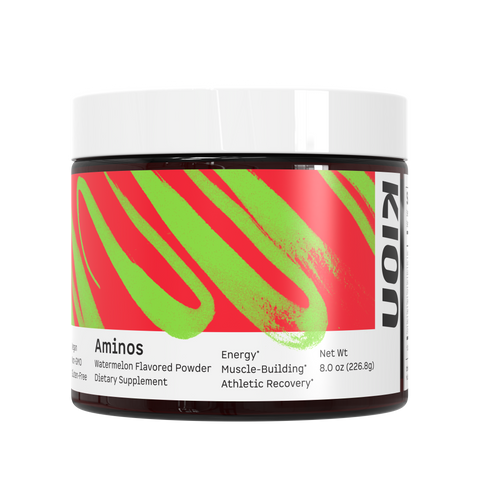
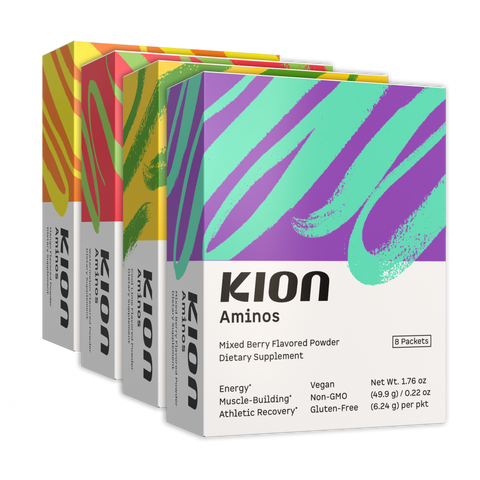
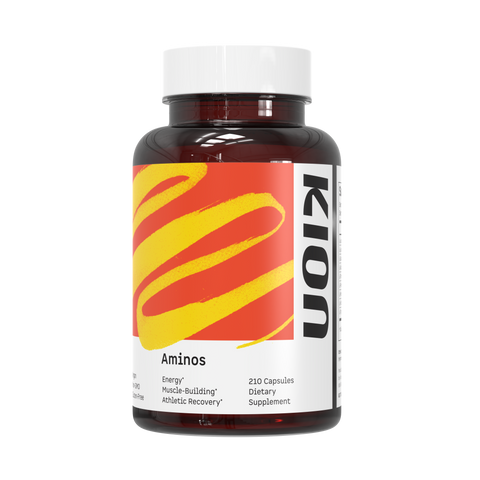
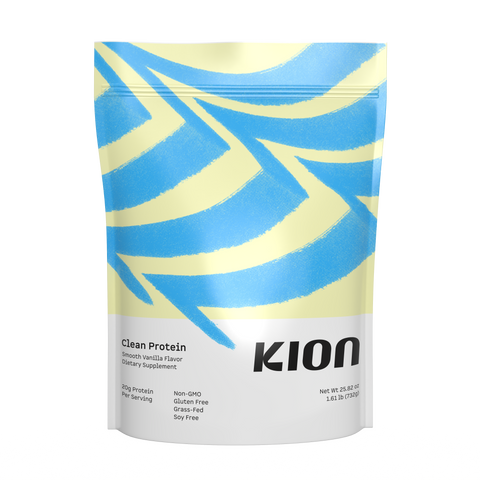
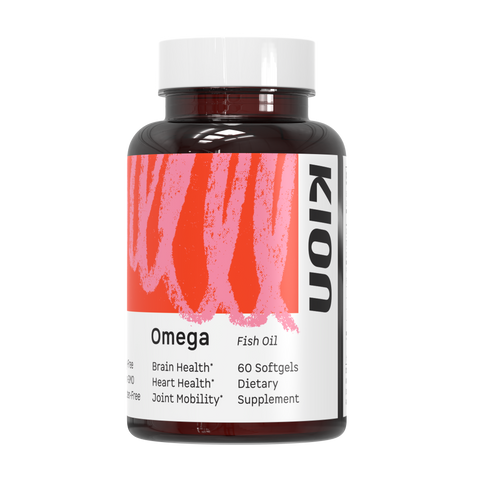
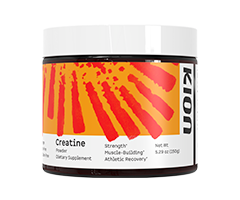
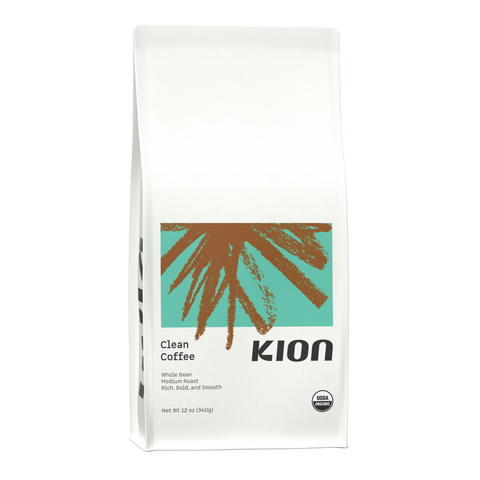
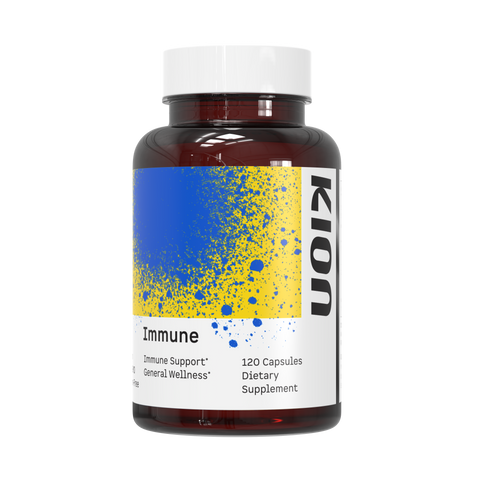

Comments
Amazing article merci 🌞
Lyne on
just wonderful information!
Mary Casey on